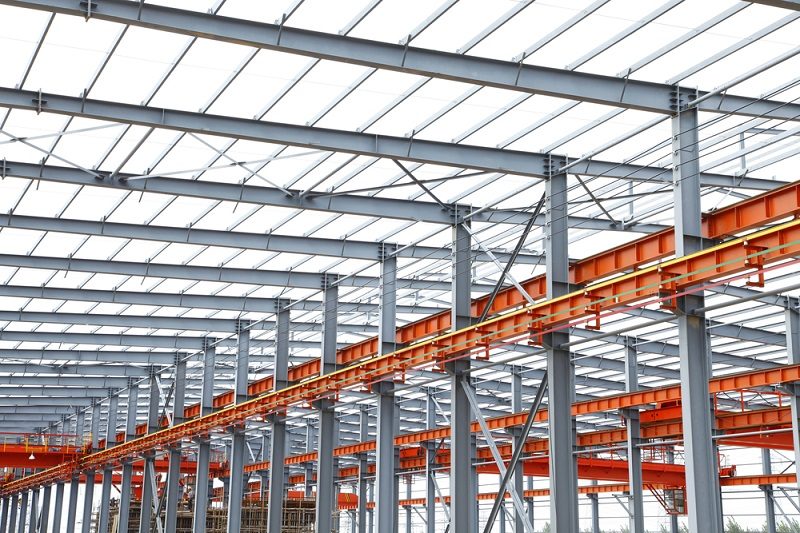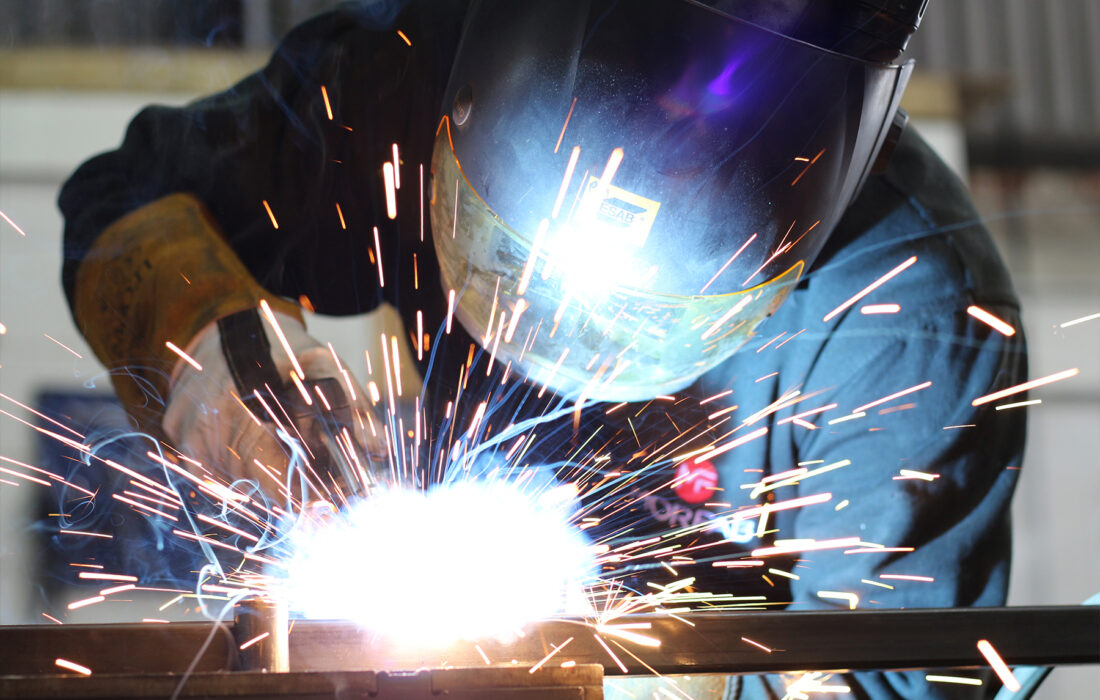Cutting-edge Trends in Steel Fabrication: Enhancing Resilience and Precision
In the realm of steel manufacture, the search of durability and precision has actually led to a wave of ingenious patterns that are improving the industry. These trends are not just shaping the existing yet also laying the foundation for the future of steel manufacture, guaranteeing additional enhancements in resilience and precision.
Advanced Welding Technologies
In the realm of steel manufacture, the adoption of sophisticated welding technologies has actually substantially reinvented the market's approach to attaining remarkable high quality and precision in architectural welds. Advanced welding innovations, such as laser beam welding and friction mix welding, have arised as game-changers in the area. Laser beam welding employs a concentrated laser beam to join metal elements with exceptional accuracy and rate, making it excellent for slim products and detailed layouts. On the various other hand, friction stir welding creates unbelievably solid bonds by mechanically intermixing the particles of the materials at the joint, eliminating the need for thawing the steel. These modern technologies use many advantages, including lowered heat-affected zones, minimal distortion, and improved mechanical homes in the welded joints. By leveraging these advanced welding strategies, steel producers can raise the resilience, strength, and precision of their architectural welds, fulfilling the significantly demanding needs of contemporary building and construction projects.
Robotic Automation in Fabrication
Accepting robotic automation has ended up being a keystone of modern steel construction methods, enhancing and improving processes performance across the sector. Robotics are reinventing the way steel parts are produced, offering unequaled precision and speed while reducing human mistake. These automated systems can manage recurring tasks with consistent precision, causing higher high quality final product.
One key advantage of robotic automation in steel construction is the capability to work all the time without fatigue, dramatically enhancing production output. This constant operation lessens downtime and increases job timelines, inevitably conserving expenses for manufacturers. In addition, robots can be configured to perform elaborate tasks that might be difficult or hazardous for human workers, enhancing security in the office.
Furthermore, robotic automation allows seamless assimilation with other digital modern technologies, such as computer-aided layout (CAD) software program and Web of Things (IoT) systems (steel fabricators melbourne). This interconnected approach boosts communication in between different phases of construction, optimizing process and making certain real-time tracking and control. As the steel construction industry continues to develop, robot automation attracts attention as a transformative pressure driving efficiency and precision in manufacturing procedures

High-Strength Alloy Development
The advancement of high-strength alloy advancement in steel fabrication is reshaping the industry's method to improving product sturdiness and efficiency. High-strength alloys are crafted to exhibit premium mechanical buildings, such as boosted tensile toughness, sturdiness, and rust resistance compared to standard steel grades. By integrating these advanced alloys into construction procedures, producers can generate elements that hold up against higher stress and anxiety degrees and rough settings, bring about even more reputable and sturdy hop over to here output.
One key benefit of high-strength alloy advancement is the ability to reduce material density without endangering structural integrity. This not just results in lighter-weight elements yet also adds to cost financial savings and improved efficiency in manufacture and assembly processes. The boosted strength-to-weight proportion of these alloys allows for the design and building and construction of structures with higher load-bearing capabilities while reducing general weight.
3D Modeling and Simulation Software Application
Innovations in steel manufacture processes have been substantially thrust by the assimilation of sophisticated 3D modeling and simulation software application devices. These tools enable fabricators to produce detailed digital models of their jobs, allowing them to picture the last product with precision prior to any type of physical work begins.

Sustainable Practices in Steel Production
Including sustainable techniques into steel production procedures is essential for decreasing environmental effect and ensuring long-lasting resource availability. One key sustainable technique redirected here is the fostering of energy-efficient innovations to lower greenhouse gas exhausts during the steel production procedure. This includes utilizing sustainable power resources, such as solar or wind power, to power steel plants and executing energy-efficient tools to maximize energy use.
One more essential aspect of lasting steel production is the accountable sourcing of raw products. This entails making certain that the iron ore and other resources made use of in steelmaking are obtained from eco pleasant and ethical resources. By advertising openness in the supply chain and sticking to stringent environmental standards, steel producers can reduce the adverse effects of source removal on regional ecosystems and communities.

Final Thought
In verdict, the cutting-edge trends in steel construction such as advanced welding innovations, robot automation, high-strength alloy advancement, 3D modeling and simulation software, and lasting methods are enhancing the sturdiness and precision of steel items. These improvements are changing the steel fabrication industry by improving effectiveness, quality, and sustainability. It is clear that the Web Site future of steel construction depends on welcoming these innovative innovations to meet the demands of contemporary building and production industries.
In the world of steel manufacture, the pursuit of longevity and precision has actually led to a wave of innovative fads that are improving the industry.In the realm of steel manufacture, the fostering of advanced welding modern technologies has actually substantially reinvented the sector's technique to attaining exceptional top quality and accuracy in structural welds. As the steel fabrication industry proceeds to evolve, robotic automation stands out as a transformative force driving performance and accuracy in producing processes.
Moreover, recycling and reusing steel scrap and waste materials play a significant role in enhancing the sustainability of steel manufacturing. steel fixing.In final thought, the innovative patterns in steel fabrication such as advanced welding technologies, robotic automation, high-strength alloy development, 3D modeling and simulation software application, and lasting practices are boosting the longevity and accuracy of steel products